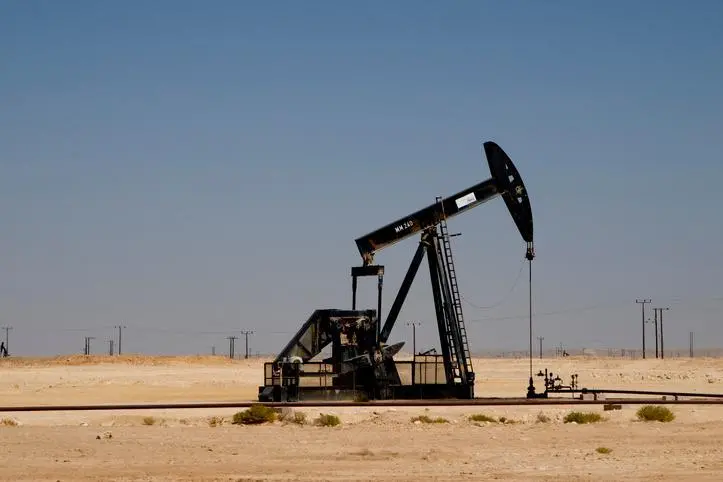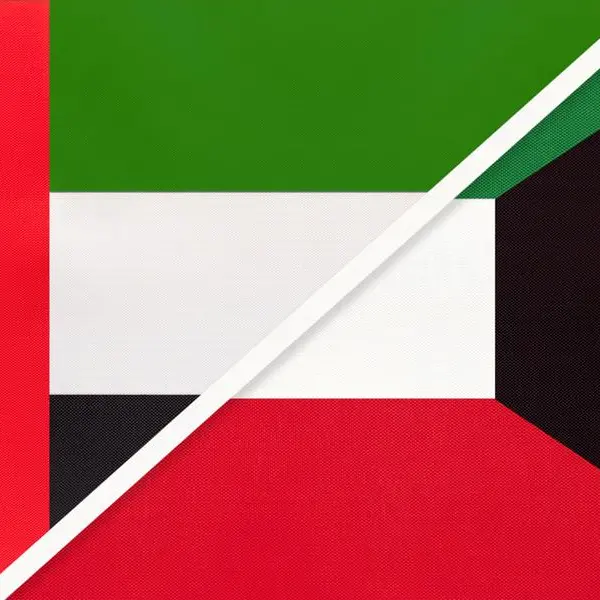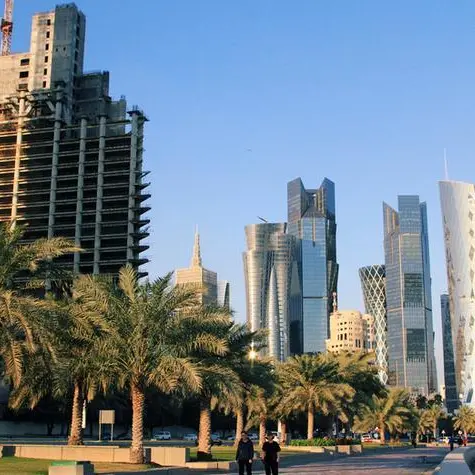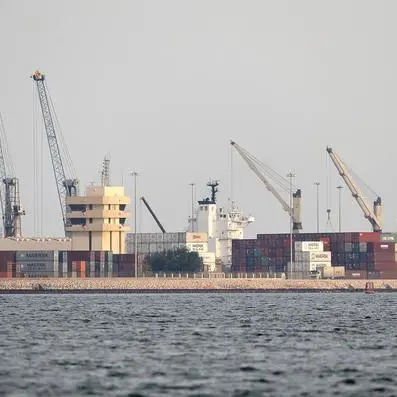PHOTO
Oman's recent liability management exercise will help reduce the government's debt levels, generate interest cost savings, and smoothen its maturity profile, said S&P Global Ratings in a new report on Monday.
On June 30, Oman completed a voluntary debt buyback transaction totaling $701 million across Eurobonds maturing in 2025, 2026, 2027, 2028, 2029, 2031, and 2032. According to official calculations, this will result in cumulative interest cost savings to maturity of $232 million.
"We expect gross government debt will fall to 48 percent of GDP by year-end 2022, compared with 63 percent in 2021 and a peak of 70 percent in 2020," Zahabia Gupta, an analyst, said.
Oman is rated BB-/Stable/B by the agency.
Following several years of deteriorating public finances and external accounts until 2020, Oman is now benefitting from higher oil prices and fiscal and governance reforms. Realized Omani crude oil prices have averaged about $95 per barrel (/bbl) so far this year, relative to $61/bbl over 2021.
Oman, a small oil producer compared with its GCC neighbours, is trying to diversify revenue sources. It implemented a 5 percent VAT a year ago.
However, despite some measures to diversify revenue, gross oil receipts comprised about 80 percent of total government revenue in 2021.
"We expect favorable oil market dynamics will allow the government to deliver a fiscal surplus of 6.5 percent of GDP in 2022, following deficits averaging nearly 10 percent of GDP over 2015-2021.
However, as oil prices drop again in the medium term, fiscal pressures could re-emerge if progress on fiscal reforms stalls and the government increases current spending significantly, the report warned.
(Reporting by Brinda Darasha; editing by Seban Scaria)











